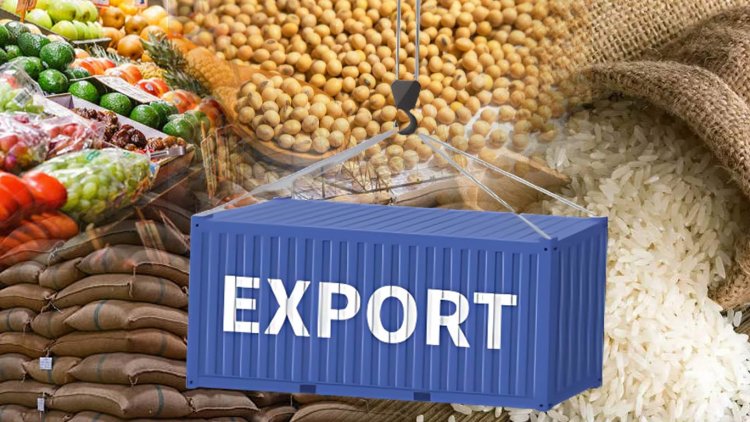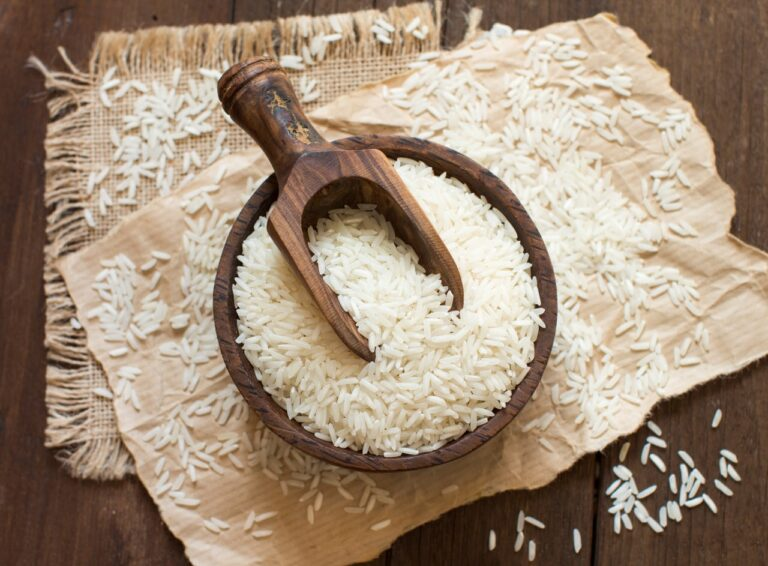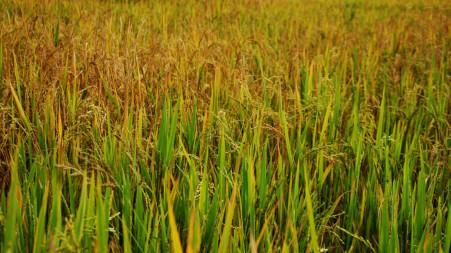Tags
India’s Agricultural Exports Rise by 12.69% Amid Global Uncertainty; Rice Exports Up by 19.73%
According to data released by the Ministry of Commerce, India’s rice exports surged by 19.73% to a record $12.47 billion in 2024–25. Exports of meat, dairy, and poultry products increased by 12.57% to $5.09 billion.
Ajeet Singh

Despite ongoing uncertainties in global trade, India’s agricultural exports recorded strong growth in the financial year 2024–25. Exports of agricultural products under the Agricultural and Processed Food Products Export Development Authority (APEDA) rose by 12.69% to reach $25.14 billion. Products under the APEDA account for nearly 51% of the country’s total agricultural exports, pushing India’s overall agricultural exports beyond the $50 billion mark.
According to data released by the Ministry of Commerce, India’s rice exports surged by 19.73% to a record $12.47 billion in 2024–25. Exports of meat, dairy, and poultry products increased by 12.57% to $5.09 billion. Fruit and vegetable exports grew by 5.67% to $3.86 billion, while exports of cereal products and other processed items rose by 8.71%, also reaching $3.86 billion. The lifting of restrictions on rice exports significantly boosted shipments, with Basmati rice accounting for more than half of the total.
Exports of marine products showed no major growth, edging up by just 0.45% to $7.40 billion. Organic food product exports saw notable growth. In 2024-25, organic food product exports increased by 34.6 percent, reaching $665.9 million, up from $494.8 million in the previous year. In quantitative terms, organic food product exports increased by 41 percent, reaching 3.7 lakh tons. Notably, organic pulses exports jumped from $5.25 million to $17.89 million, driven by premium demand from Western markets.
An APEDA official told Rural Voice that this growth reflects the rising demand for Indian organic products in developed countries. Several initiatives are being undertaken by the central government and APEDA to promote organic exports. The rise in rice exports is largely attributed to strong global demand for Basmati rice. It is believed that the U.S. reciprocal tariffs will have minimal impact on GI-tagged products like Basmati rice.
Increase in Tea, Coffee, and Tobacco Exports
Government data also highlights significant growth in the export of tea, coffee, and tobacco. In 2024–25, India exported tea worth $923.8 million, up 11.84% from the previous year. Coffee exports rose sharply by 40.37% to $1.80 billion, while tobacco exports increased by 36.53% to $1.97 billion.
Decline in Oil Meal and Cashew Exports
In contrast, exports of oilseeds fell by 6.45% and oil meal exports declined by 21.56% to $1.34 billion in 2024–25.
March was particularly challenging for cashew exports, which dropped by 12.58% to $25.31 million for the month. Over the entire financial year, cashew exports saw a marginal decline of 0.30% to 338 million tonnes. Although there were expectations that India’s cashew exports would benefit after the U.S. imposed a 46% tariff on Vietnam, a major cashew exporter, the free trade agreement between Vietnam and the European Union has given Vietnam an advantage.
March Sees a Drop in Spice Exports
In March, spice exports from India declined sharply by 9.46%. However, for the full financial year, spice exports grew by 4.78% to reach $4.45 billion.
https://eng.ruralvoice.in/national/indias-agricultural-exports-rise-by-12.69-pc-amid-global-uncertainty-rice-exports-up-by-19.73-pc.htmlPublished Date: April 18, 2025






